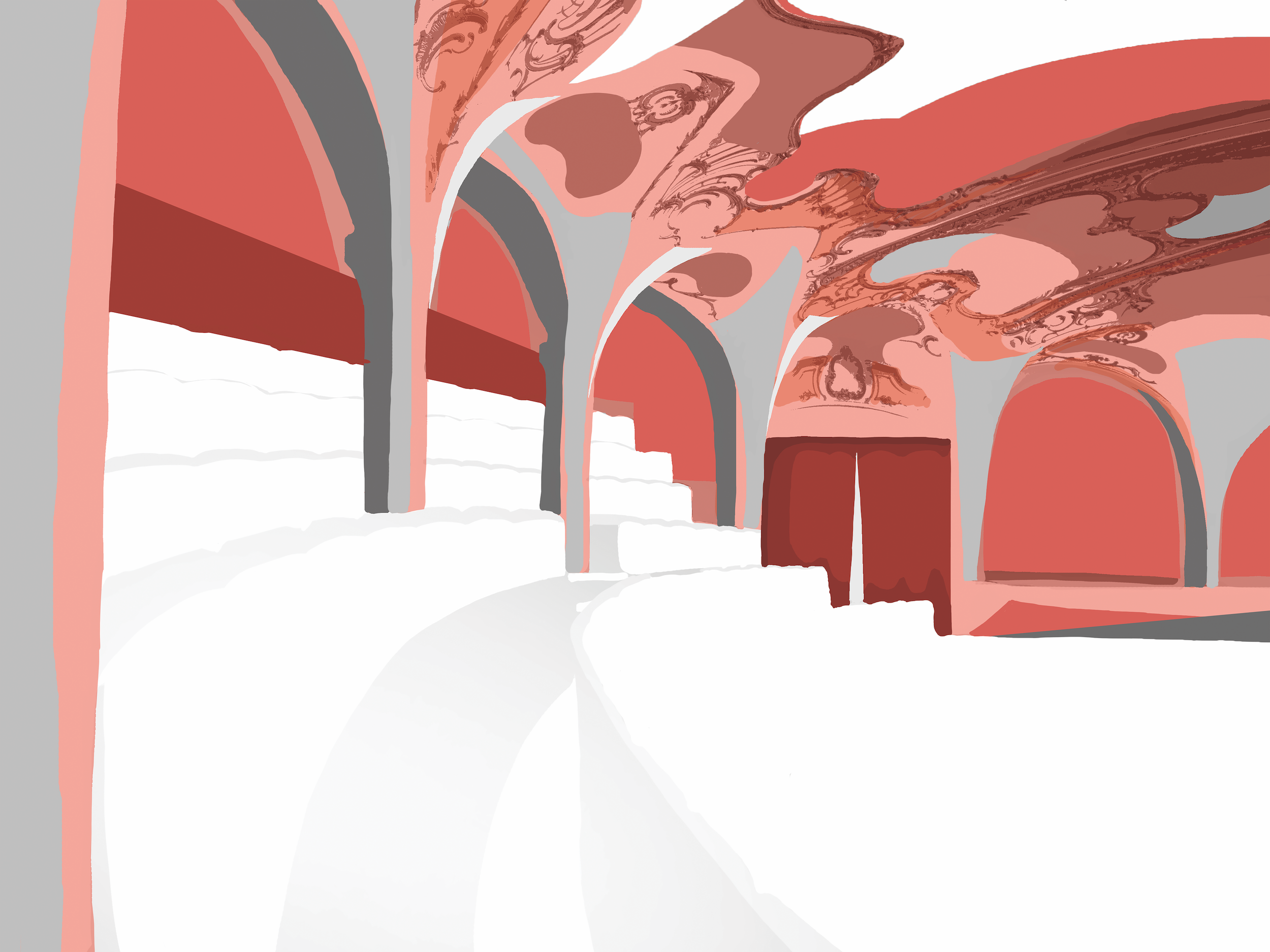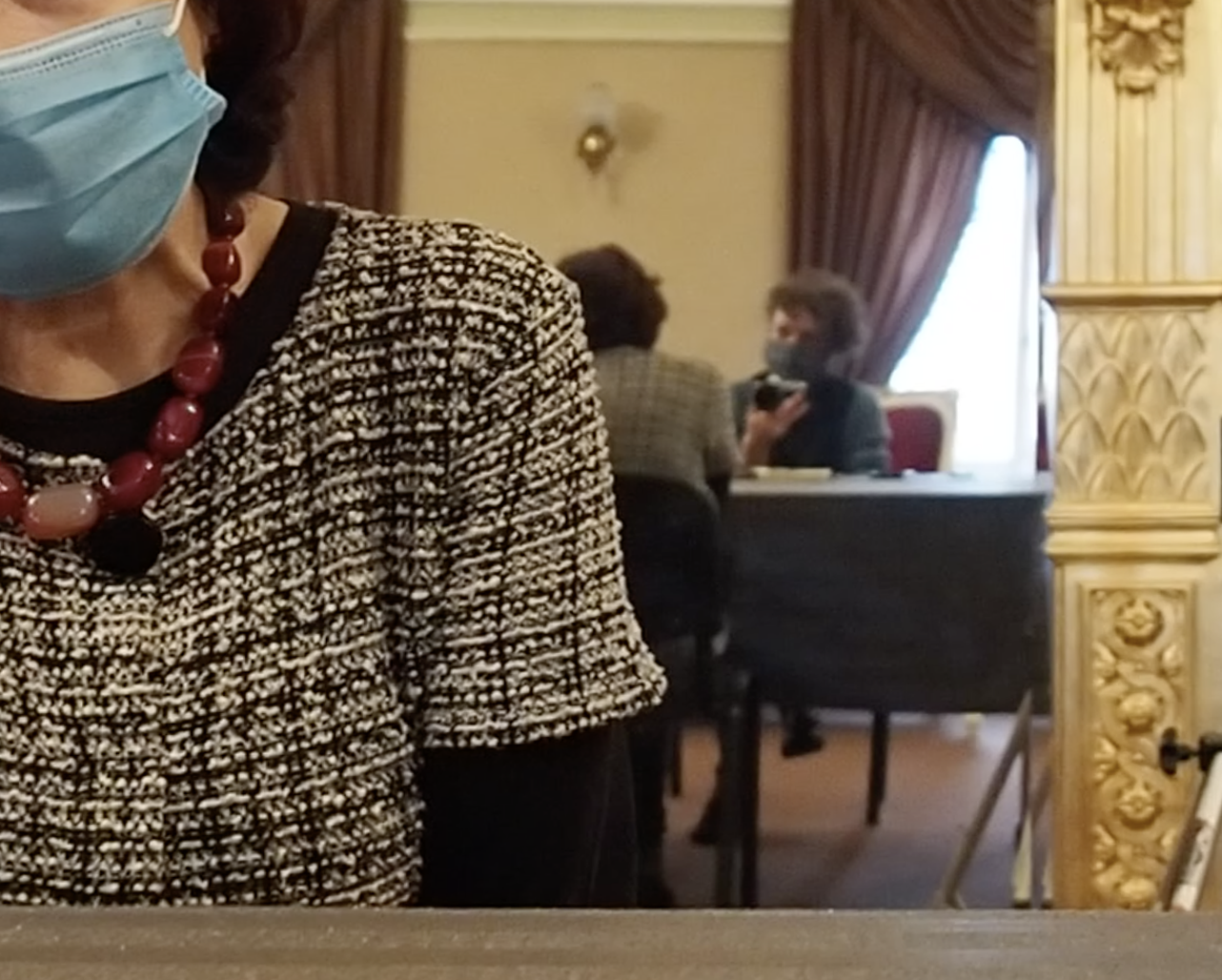The theatres of Fellner & Helmer
-
subtle reflections on local specificities and identitary values
Silence
“The mind, though stripped of its right to control,
is still present.
What does it do, having nothing to do?
And what happens to a piece of music
when it is purposelessly made?
What happens for instance to silence?”
-
Composition as process - lecture by John Cage, 1958

Theatres
At the time of construction, Fellner and Helmer’s theatres and performance halls were appreciated and considered outstanding for the production efficiency, economy, quality of workmanship, attention to detail, fire safety and excellent acoustics.
After two world wars, at least two major global economic crises and numerous socio-political reconfigurations, these constructions undergone multiple transformation processes. Some of them have disappeared, others have managed to preserve even the original stage mechanisms, and among these, a great number of spaces have assimilated new aesthetic features.
Play
On the other hand, the theatrical performance has significantly evolved over the past hundred years. The cultural needs of the public have changed, the imagination of scenographers and the expectations of actors have taken on new meanings, technological advancements have opened new horizons, and managerial logistics have become increasingly complex.
STAKEHOLDERS
COMMUNITY
Reflections
The research, initiated in 2020, is an ongoing project based on 16 on-site visits in 5 countries and 42 interviews, the main goal of the process being to gain a deeper understanding of the craft that structured the basis for the creation of the theatres and concert halls inherited today from Fellner & Helmer. The resulting exhibitions, presenting a significant variety of case studies, seek to introduce the general public to the complexity of theatre life behind the show, from the perspective of the systemic relationship between performance, place and socio-political dynamics.

“Beyond presenting the systemic game of power between stakeholders and local community articulated through monumental architectures, the exhibition, as well as the online platform, hope to provoke you to question the historical narrative to be further developed: how can we, people of today, pass to next generations, in a regenerative way, the richness of the cultural knowledge that was so gracefully offered to us?”
arch. Loredana STASISIN - author & project coordinator


